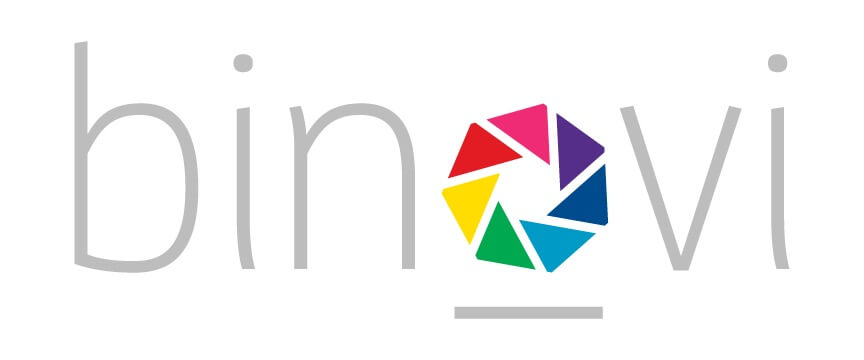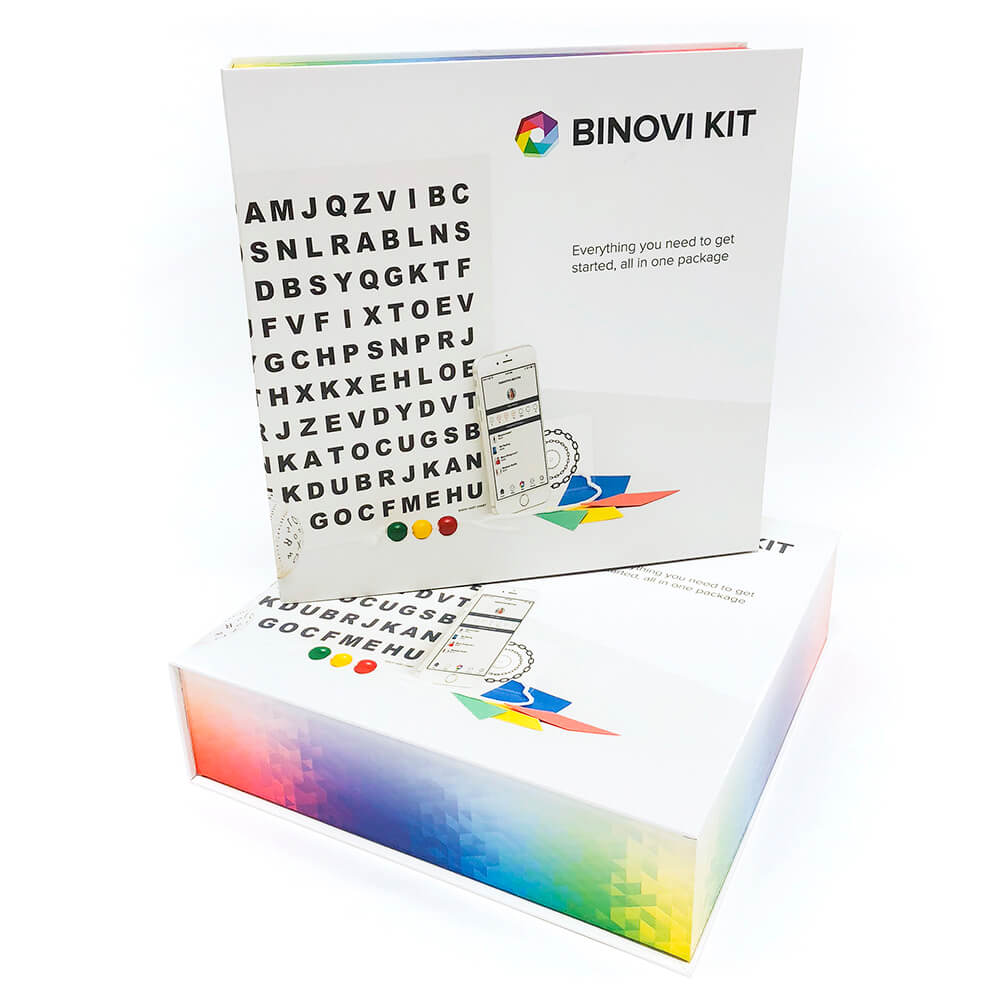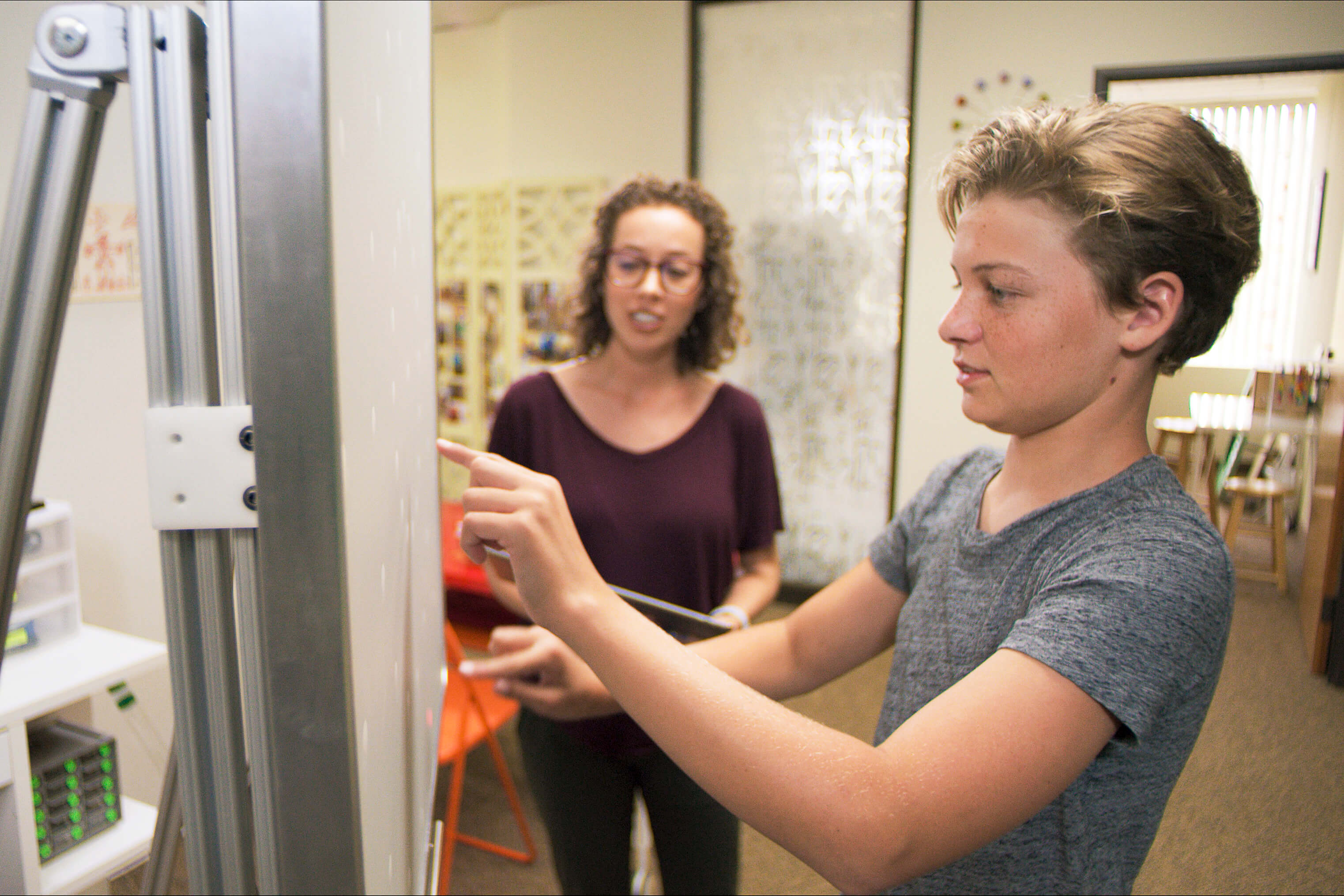
Getting the most out of athletes isn’t an easy road: discoveries made in biomechanics and nutrition help with development and getting the most out of the body, but are you training athlete’s minds? And are you training the mind and the body together? With sports vision training, you can round out and improve overall human performance, starting from the top down.
There are a number of key vision skills that need to be developed fully for athletes to reach their full potential. We’ve compiled the following list of 10 key vision skills to improve performance and reach new heights:
Visual Acuity
Visual Acuity determines how clear and sharp an image is. Generally, issues with acuity are treated with prescription lenses (glasses, contact lenses) or through laser-eye surgery, or even a combination of the two.
Eye Movement
Ensuring that both eyes move together in harmony is a key first step in establishing and improving other key vision skills that rely on the binocular nature of human vision If the eyes don’t move together to locate and track targets other skills suffer.
Focus
Binocular vision doesn’t end at movement: overall vision can depend on the eyes working together and focusing in the same way as well. Athletes need to be able to achieve and sustain focus on targets at all times, even when their positions shift.
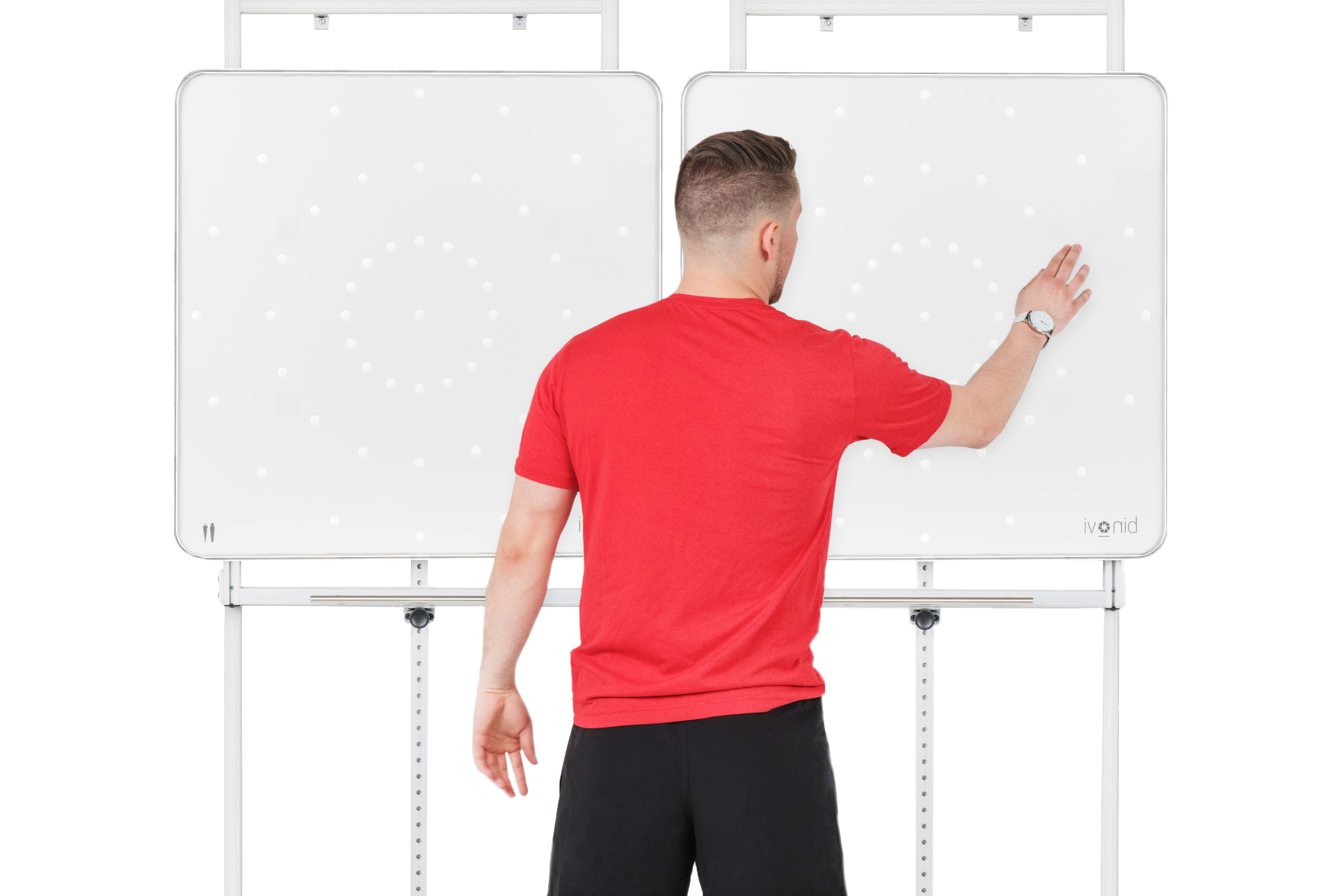
Alignment
Part of being able to properly track targets is ensuring the eyes are properly aligned to ensure they can work together effectively to move together and focus properly.
Peripheral Vision and Awareness
Athletes are constantly being put into busy situations. Being able to track a single object is one thing, but keep tracking of teammates, opponents, and other possible distractions, can help athletes maintain situational awareness.
Depth Perception
Determining where objects are in 3D space is crucial to all athletes. Accurately judging distance can mean the difference between a headshot and a miss, or missing the braking zone and blowing through a corner on the track.
Colour Perception
Discerning between colors can be crucial for athletes in some sports in determining friend from foe, or deciding whether to speed up, slow down, or stop.
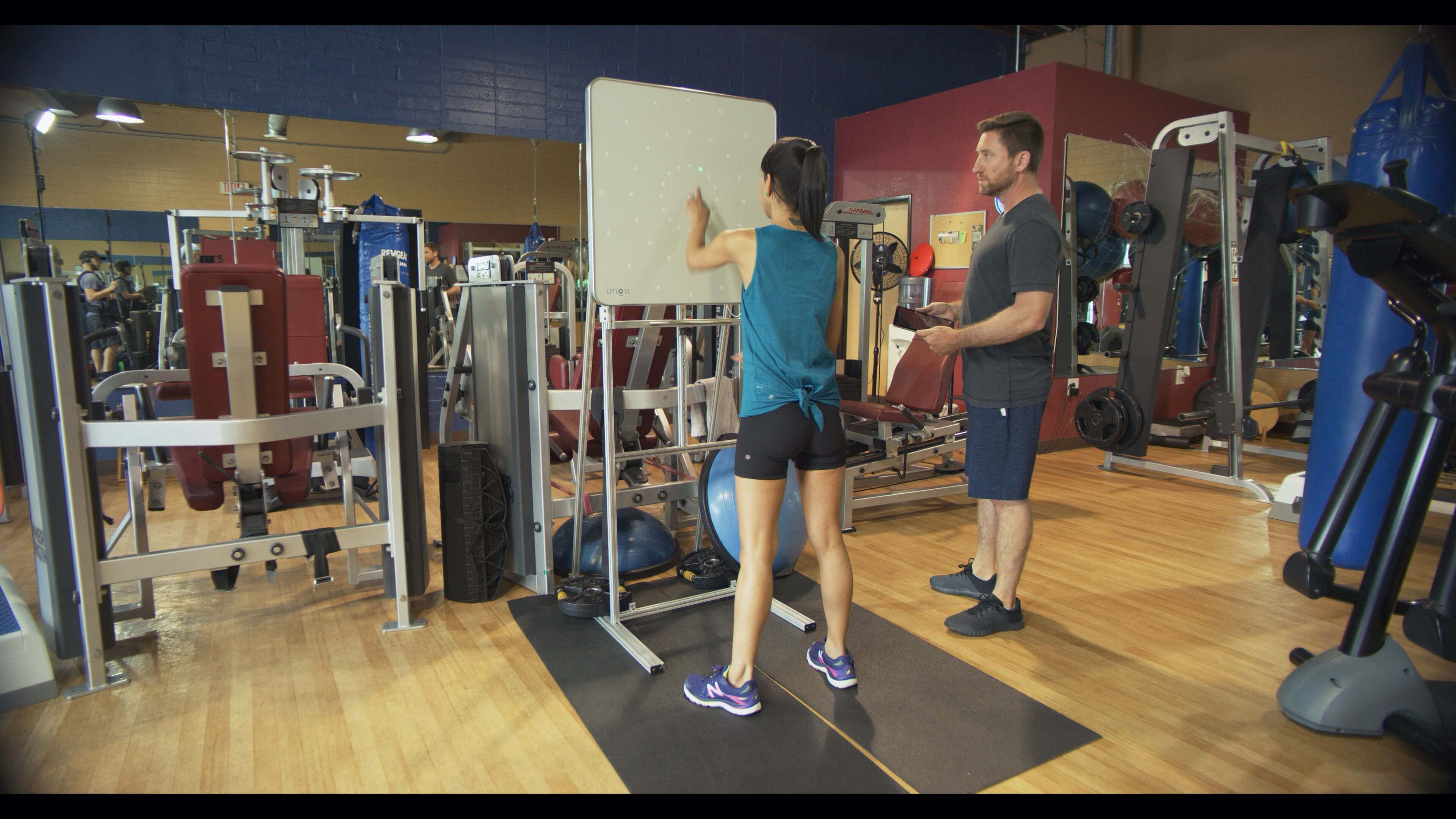
Visual Perception
Sports are never played in a vacuum: athletes have to be aware of their environment and what is going on in their entire visual field to be able to make good decisions in a split second.
Visual-Motor Control
The connection between the eyes and the hands is crucial in ensuring that the correct movements are processed and completed in the correct order, at the right time.
Visual Integration
Vision is one thing, but it’s only a part of the senses that make up the entire spectrum of inputs for athletes, being able to combine vision with auditory and verbal signals is crucial for team sports, and properly integrating touch with vision can have an impact on overall performance at the micro and macro levels.
See how your vision skills measure up. Follow this link to try it yourself: https://binovi.com/try-binovi-touch/
The effects of vision training on athlete performance can be downright astounding, and span across every part of their career, from early and middle development, through active play, and in recovery or rehabilitation. Improving key visual skills can help athletes of any age and any skill level.
Development
- Encourage sensory integration and refine perception across the board
- Improve visual range and peripherals to increase awareness of the field
- Develop neuro-cognitive connections to speed up decision making
Active Play
- Train reaction time to improve speed and quickness
- Improve focus during play, especially in busy, high-intensity settings
- Make and maintain progress across all vision skill
Rehabilitation
- Test for and identify vision and neuro-optometric issues that can lead to player downtime
- Correct issues arising from injuries like a concussion or other TBI
- Track and maintain performance to ensure smooth but rapid recovery
Vision training can be a key factor in an athlete’s training program; this is especially true in an athlete’s formative years. Youth sports are an ideal environment for this kind of incremental, long-term training that grows and evolves along with the athlete. Starting early and working often is important to get the most out of vision training.
Interested in learning more about vision training? See the following articles:
Sports Vision for Basketball: http://www.pheamerica.org/2021/sports-vision-for-basketball/
Introduction to Sports Vision Training: http://www.pheamerica.org/2021/introduction-to-sports-vision-training/
